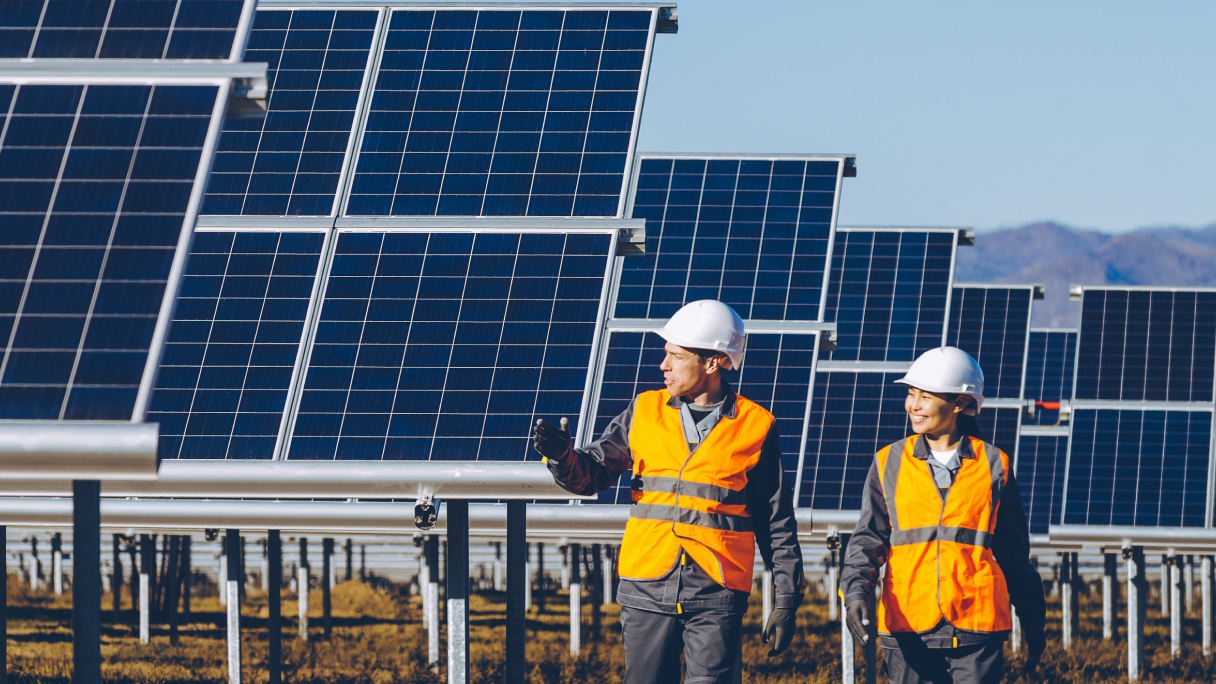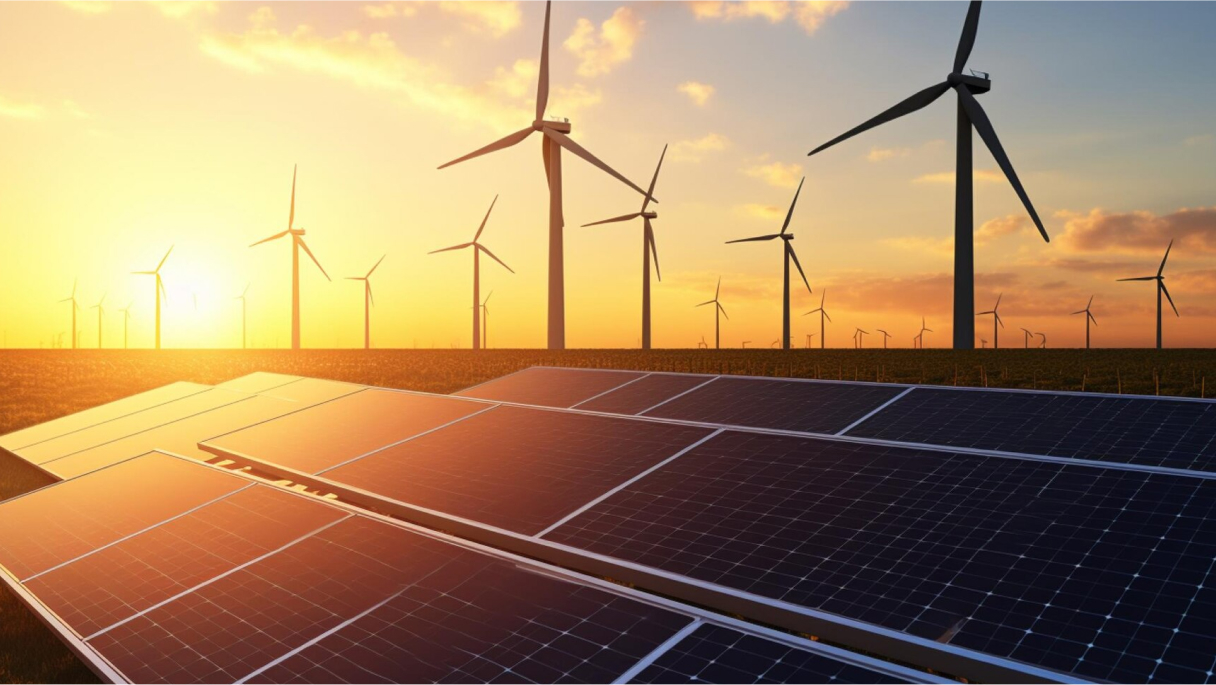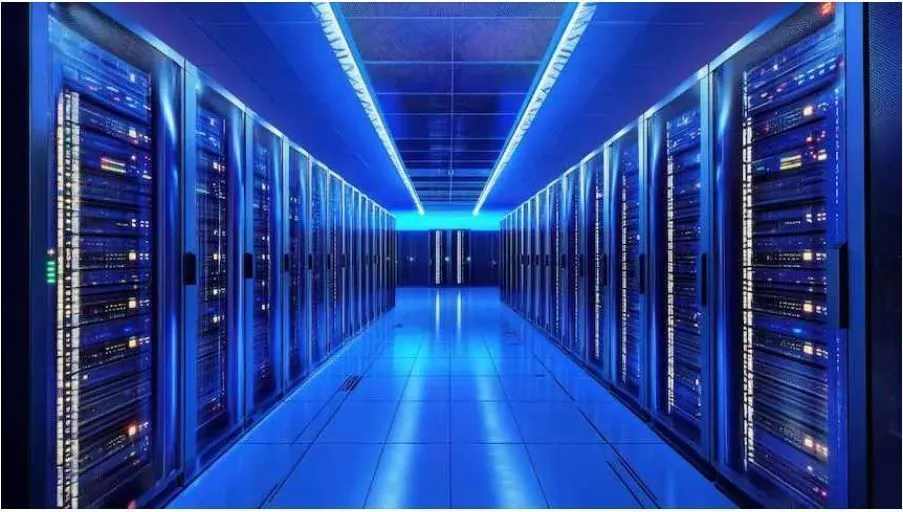Beyond the usual clauses included in any contract regarding a legal transaction between private entities, individuals, or business companies, the purpose of this article is, in a very objective way, to introduce key considerations for certain clauses found in energy purchase and sale contracts in the free market environment.
To clarify, in the ACL (Free Energy Market), consumers (who meet specific requirements to do so) can contract and negotiate the conditions for purchasing electricity directly with marketers or generators.
In the “free energy market,” there are two types of consumers: special and (truly) free consumers. Special consumers, originating from Group A (such as large companies and industries), have an energy demand starting at 0.5 MW — which represents an electricity bill exceeding R$100,000.00 — and must have their energy supplied exclusively from incentivized sources (biomass, wind, solar, and small hydroelectric plants).
The so-called free consumers, also in Group A, have an energy demand equal to or greater than 1.5 MW. These consumers can receive their energy from any source, incentivized or conventional (from fossil sources).
To highlight a very timely and beneficial trend, the free energy market is gradually opening up. In September 2022, the Ministry of Mines and Energy (MME) issued Ordinance No. 50, which, from January 2024, began allowing the free energy market to open to all consumers in Group A, without distinguishing between special and (truly) free consumers.
However, this is a topic for another opportunity, as the matter is still being refined and debated by the MME, with the potential for the free market to open to all consumers around 2026 or 2028.
Returning to the scope of this article, we list below some points for reflection on specific clauses in energy purchase and sale contracts. The idea is that, when using contract “models” for distinct transactions, it should be possible to weigh, understand, and effectively negotiate what is written, understanding its practical consequences to meet both parties’ interests satisfactorily.
1st Key Point – The “Subject” of the Contract – In models commonly used by energy marketers, it’s usual to find that the energy acquired may come from either conventional or incentivized sources. It is worth considering whether, as a purchaser, you truly desire to obtain energy solely from “clean” or incentivized sources, or whether energy from conventional sources may also be allowed. Many companies wish to display a “clean energy user” seal. However, if your energy contract isn’t solely adapted for incentivized source usage, this could be misleading.
2nd Key Point – Provision for “Seasonalization” of Energy in the Contract – Some energy purchase and sale contracts allow for demand seasonalization. In other words, energy “delivery” can be adjusted throughout the year, aligning as closely as possible with the purchaser’s actual monthly consumption. For example, if a school enters the free energy market, it should consider that, during vacation months, the required demand will likely be lower compared to the rest of the year. By examining the consumption history, it is possible to “seasonalize” energy delivery. Therefore, the parties should consider if and how seasonalization should be planned from the beginning, the criteria that should apply, or whether it might be better to establish a flat-rate contract, where energy is evenly distributed throughout the year.
3rd Key Point – Provision for Flexibility in Energy Supply – If seasonalization is considered, it is necessary to specify the percentage for monthly flexibility in energy distribution, that is, how much the delivery may vary each month. Generally, contracts stipulate percentages of 130% and 70%, while maintaining the contracted annual energy amount. However, as in the school example, increased monthly variability may sometimes be necessary.
4th Key Point – Price and Taxes – The contract should clearly state whether the price paid for the respective energy quantity includes the ICMS (State Tax on the Circulation of Goods and Services) and whose responsibility it is to cover it, if applicable. Not all Brazilian states require ICMS payment, making it crucial for both parties to be attentive to this requirement.
5th Key Point – Termination, Rescission, and Resolution Provisions – Any legal transaction may be dissolved, either unilaterally by one party or by mutual agreement. In energy contracts, aside from the basics, attention must be paid to criteria such as the contract duration, the ability to acquire additional energy from another supplier if needed, and whether price changes allow for termination without incurring a penalty.
Certainly, there are many other nuances in energy purchase and sale contracts that both parties should consider. The key is not to overlook what is written, specified, and stipulated in the respective clauses. Only those who fail to examine the lines of the instrument to be executed between the parties are caught off guard — and this applies to any legal transaction.
Pre-negotiation, understanding the terms agreed upon by the interested parties to effectively meet their expectations, goes beyond being a minimum requirement for signing any contract. It is a prerequisite to avoid future and unnecessary conflicts. As seen, the specificity of a contract involving energy trading is even more sensitive than in other business agreements.
Given the particular terminology of the energy sector, understanding isn’t merely a precaution but a basic requirement for the healthy continuity of the market.


